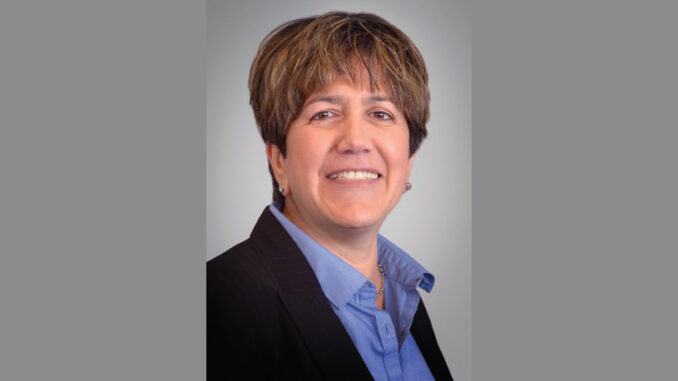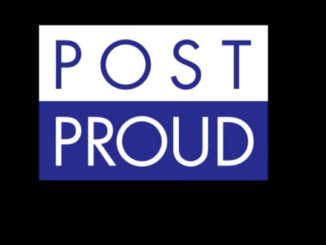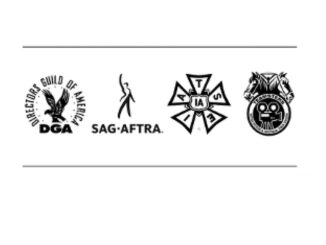
In 2018, after the stance our local took against ratification of the Basic Agreement, I was removed from my position as a Director on the Board of the Motion Picture Industry Pension & Health Plans. The reason given was that I did not have a full understanding of the funding structures of the Plans, but I think we all know that wasn’t true. Even though I am not on the Board and should be, I still will provide you with information you should all have access to so you can be prepared for the continuing funding issues the MPI Plans will be subjected to. The overall funding structure of these Plans is complex and difficult to cover in a brief column. But it’s necessary for me to do my best to educate about the mechanics of the Plans; the future of our union and our membership depends on it.
Here is a brief overview of the 2021 year-end financial highlights of the MPI Plans:
- Residual income of $510 million exceeded 2020’s $496 million, for a 2.8% hike.
- Hours reported in 2021 were nearly 121 million. That compares to 108.5 million in 2019, which is the best comparable year because of the loss of work in 2020 due to the pandemic, which represented a 30% reduction in hours over 2019.
- Active health costs (healthcare costs to active participants rather than retirees) in 2021 were $800 million, which was below our projections used for the Basic Agreement negotiations but still was almost an 11% increase.
- The reserves were above 17 months in the active health plan and 10 in the retiree health plan, compared to 17.5 and 14.4 at the end of 2020. Keeping reserves up is important for several reasons, which I intend to discuss in a future column.
- Year-end pension investment gross returns were 13.4% for 2021. This fluctuates every year based on investment income, which as you know is impossible to predict with any certainty because of fluctuations in the market.
We need to think about long-term sustainability in our healthcare and pensions.
Now one might look at all this and think that everything is in good shape; those year-end numbers are positive. But they don’t paint the full picture, nor does any particular snapshot in time. Everything has to be considered for the long-term. We should not base assumptions on any one year, nor any individual component of funding, pension obligations, income vs. expenses, etc.
Prior to any negotiations, actuaries project anticipated income to the Plans, and offset that to anticipated expenses. This helps them determine how to maintain the status quo (or relatively so) over the typical three-year term of the Basic Agreement. Income first flows into the pension plan because of legal requirements to do so. If the actuaries project a shortfall, that means the deficit will impact the health plans, and additional money must be found to cover that. That is why in 2018 and 2021 (and many previous negotiations), when we needed additional income, those projected deficits were met by increasing employer hourly health contribution rates.
For the Plans, we have only three sources of income – residuals, employer hourly contributions and investment income. We do have some existing new media residual obligations. It is important to remember this and disregard the misinformation out there that says otherwise.
We are going to continue to face increases in health care costs. There is no debate about that. This will remain a challenge in our negotiations. To reach our goal of achieving at least 80% funding of the pension, which the actuaries say will happen in 2026, we must meet our projected assumed return on investments (currently 7.25%) every year. But I also want to dispel any rumor that the pension plan is on the verge of being defunct or is not being properly managed financially. Neither is true.
If we ever want to (and we certainly should want to) grant cost-of-living increases for our pensioners, and if we want to make improvements to our health coverage rather than have to switch prescription providers and trade down to other benefits that many of our members find inferior, getting even more new income is absolutely essential.
One very positive development that came out of the 2021 negotiations is the heightened awareness throughout the rank-and-file IA members of the need to address the Plans’ long-term sustainability. Sustainability for three years is one thing; true long-term sustainability for years to come and beyond is something else entirely. We must continue to build upon this movement, to bring together our like-minded allies and advocate for change. Imagine if we could achieve this. Our real bargaining strength could then be used to make true quality of life improvements rather than having to constantly be negotiating and fighting over securing enough funding for the MPI pension and health plans.
There is power in knowledge, and if we are going to be promoting this cause and bringing attention to this, you must have at least the basic knowledge to support your advocacy. I want you to be able to engage in conversation with other IA rank and file members who are MPI participants, and to promote not just new awareness, but to invoke critical thinking about the complexities we face.
Cathy Repola is the National Executive Director of Motion Picture Editors Guild, IATSE Local 700.





